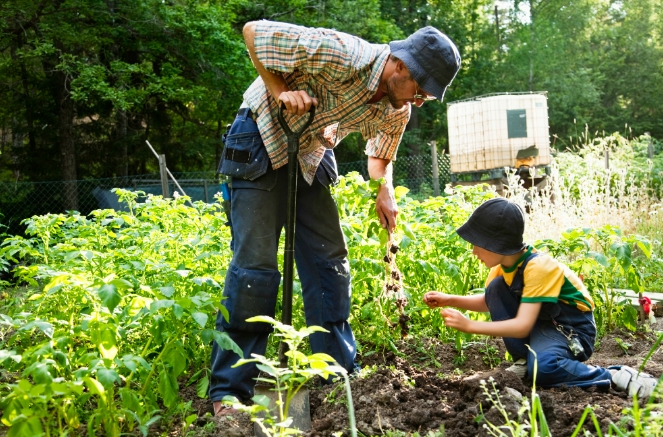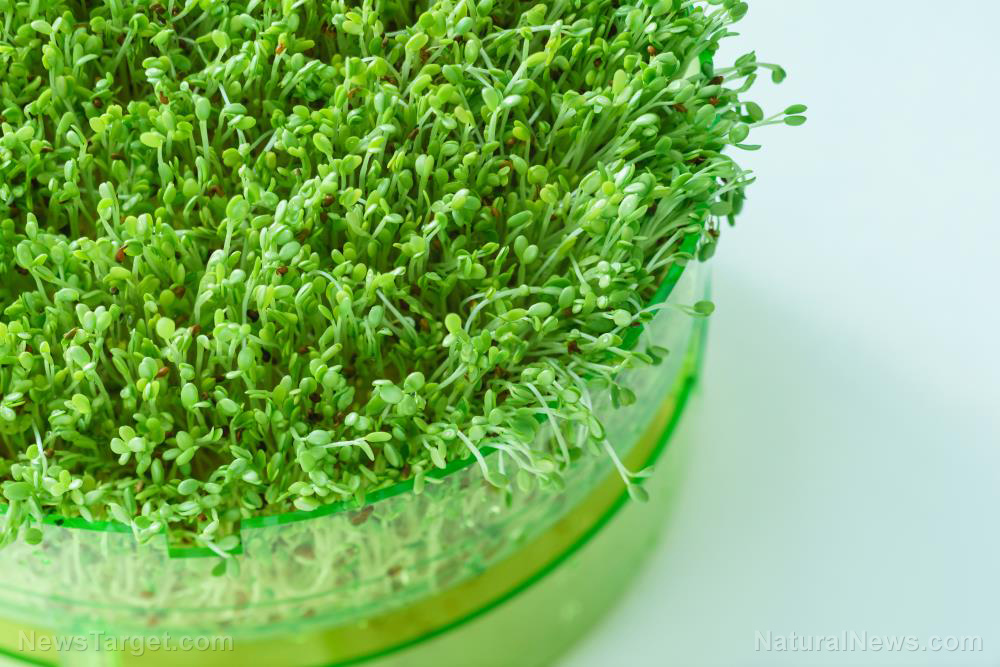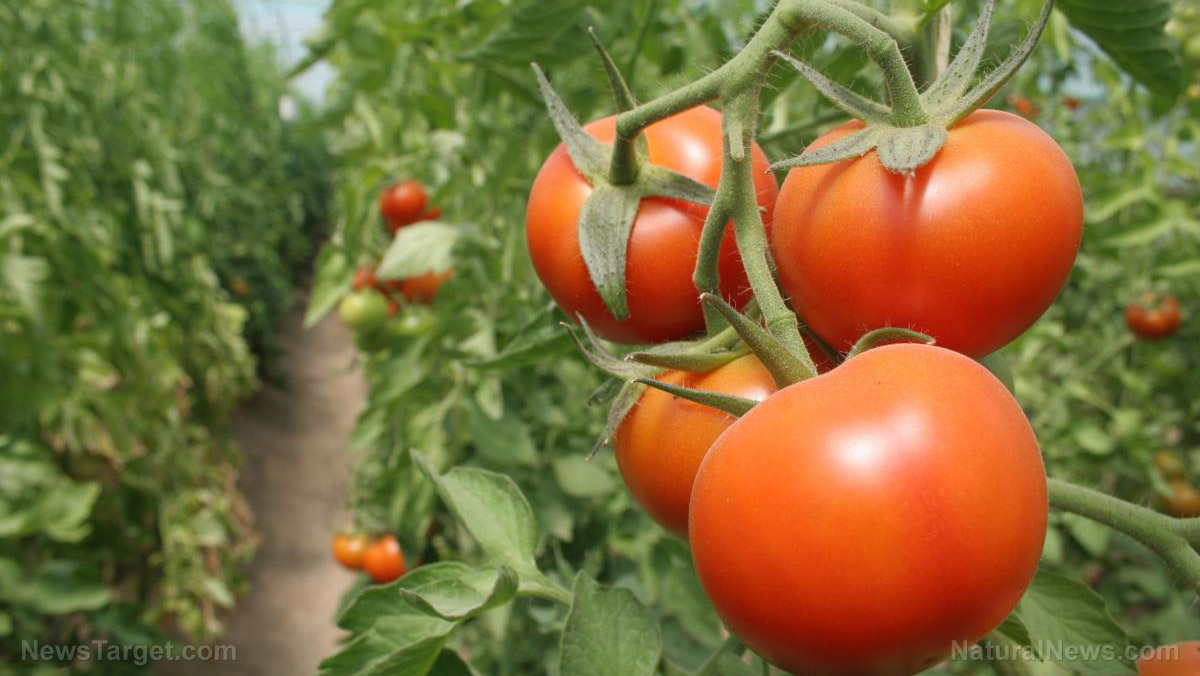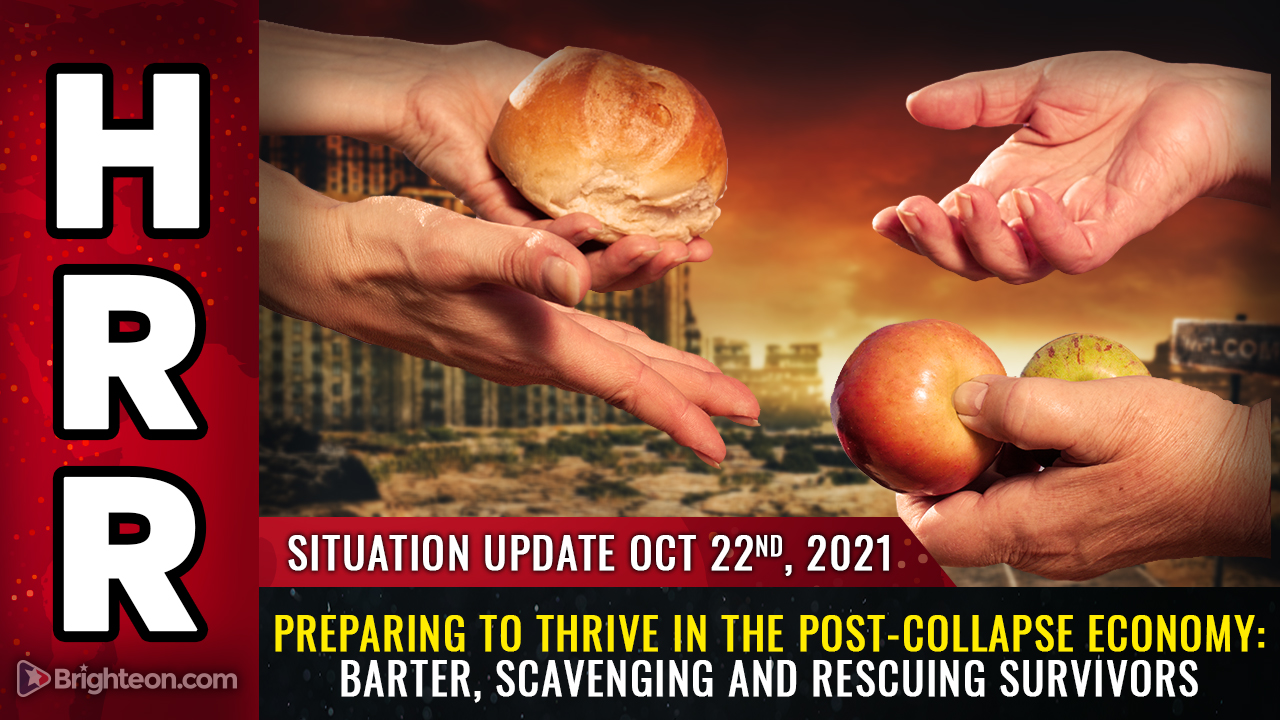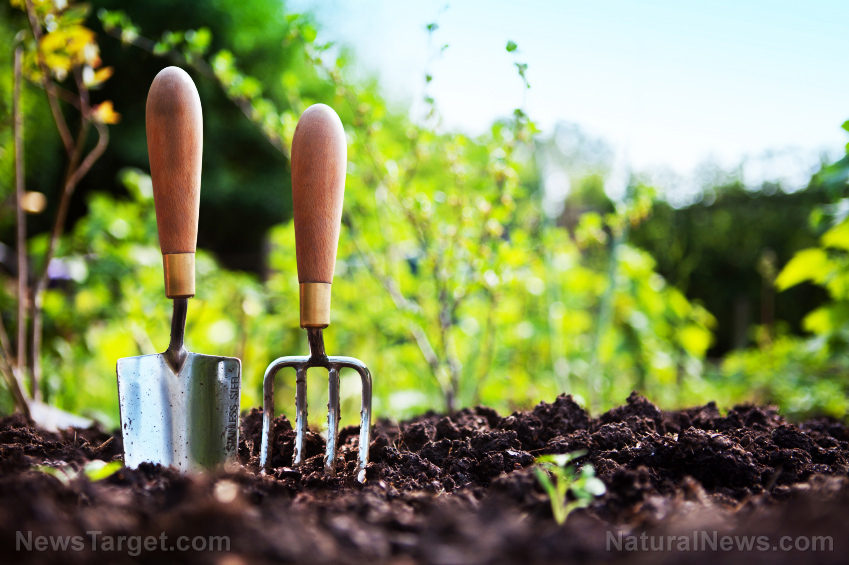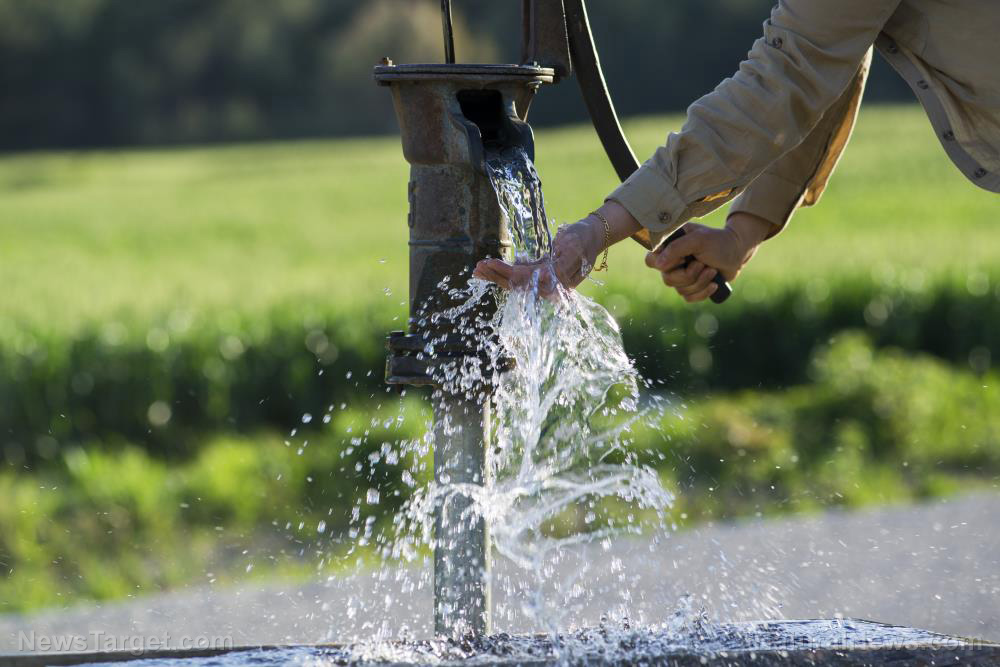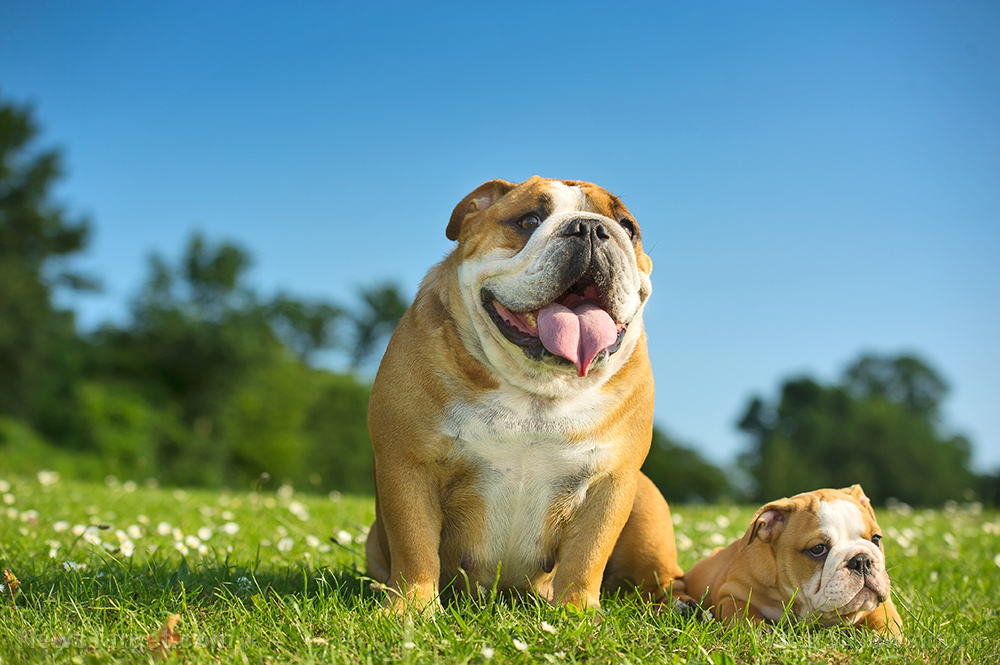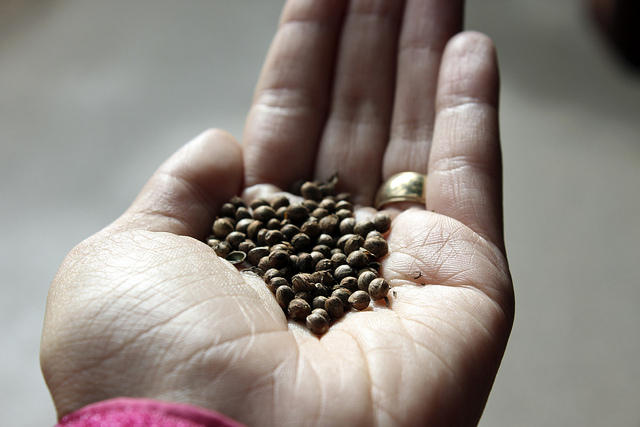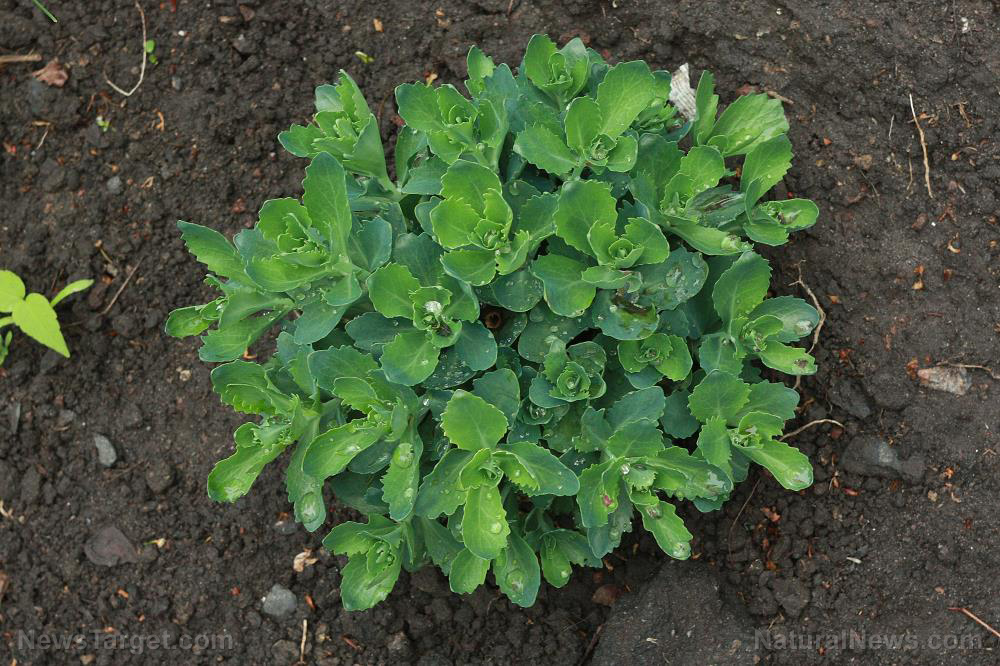5 Fruits and vegetables that grow well in containers
05/19/2021 / By Divina Ramirez

If you want to grow your own foods but don’t have sufficient outdoor space, consider growing them in pots and containers. A sunny windowsill, a patio, a balcony or even a doorstep will provide sufficient space for a productive container garden.
Container gardening, as the name implies, is growing plants in containers like pots and large tin cans. It’s ideal for people who don’t have a proper garden, such as those living in apartment complexes. Other benefits of container gardens are they’re less prone to soilborne diseases, and they’re easier to protect from pests.
Container gardens aren’t plagued by weed growth either.
Here are some of the easiest foods to grow in containers:
- Strawberries – Strawberries make great container plants because they grow a relatively small mass of roots. When in bloom, strawberry plants can be decorative as well. You can grow them in a large container by a sunny windowsill or grow them in hanging baskets. Take note that the smaller the container, the more frequent you’ll have to water. Strawberries thrive best from spring through summer.
- Tomatoes – Tomatoes grow vertically, which makes them ideal for containers. Most tomato varieties are happiest in big containers and require stakes or a tomato cage. This support keeps the heavy fruits from dragging the stems down and possibly breaking them. Take note that the larger the tomato variety, the bigger the pot it will require.
- Potatoes – Growing potatoes in containers requires lots of soil and water. Their containers also need an extra level of protection against fungi, which spread easier among tubers and root crops. Potatoes are best grown from March to May. You can plant them in the fall but only if you have mild winters.
- Chili peppers – Chili peppers make decorative plants indoors. They require frequent watering but don’t like to sit in overly wet soil. Chili peppers also need a warm, sunny spot to grow.
- Cucumbers – Cucumbers are a fast-growing vegetable typically grown in containers. They love frequent waterings and do best in large plastic or ceramic pots that retain moisture. There are two main types of cucumber: bush and vining. Bush cucumbers are shorter and produce smaller yields, while vining ones require a trellis.
Tips for starting a container garden
There is no such thing as foolproof gardening, but container gardening comes close. Here are some tips on how to grow a container garden for a bountiful harvest at the end of the season:
- Choose the right kind of container. The material of a container can influence how often you water a plant. For instance, plants in clay pots need more watering because clay is porous. As a rule of thumb, choose lightweight containers, such as ones made of plastic or tin. Avoid chemically treated wood.
- Opt for bigger containers. Look for containers that are at least 12 inches (in.) deep and 10 in. wide. A bigger container holds more water than a smaller container, meaning you won’t have to water as much. Plants that grow tall or climb, such as tomatoes and cucumbers, will be more productive when planted in bigger containers as well.
- Fill containers with a well-draining potting mix. Fill pots to at least two to three inches below the rim with a well-draining potting mix. This ensures that roots don’t sit in water for too long as this can cause the plant to rot.
- Water when the soil feels dry. Plants differ in terms of their watering needs. Generally speaking, it’s best to water the plants once the soil feels dry to the touch. Check by sticking your finger in the soil. Watering this way ensures you don’t overwater or underwater. Both can kill your plants.
Container gardening lets you grow your own fruits and vegetables even without sufficient outdoor space. If you want to try it out, grow the right plants for containers, and keep in mind the tips listed above. (Related: Container gardening tips for the urban prepper.)
Learn more about growing plants in pots and containers at HomeGardeningNews.com.
Sources include:
Tagged Under: clean food, container gardening, food independence, food supply, fruits, gardening, green living, how-to, organics, vegetables
RECENT NEWS & ARTICLES
COPYRIGHT © 2017 HOME GARDENING NEWS com


